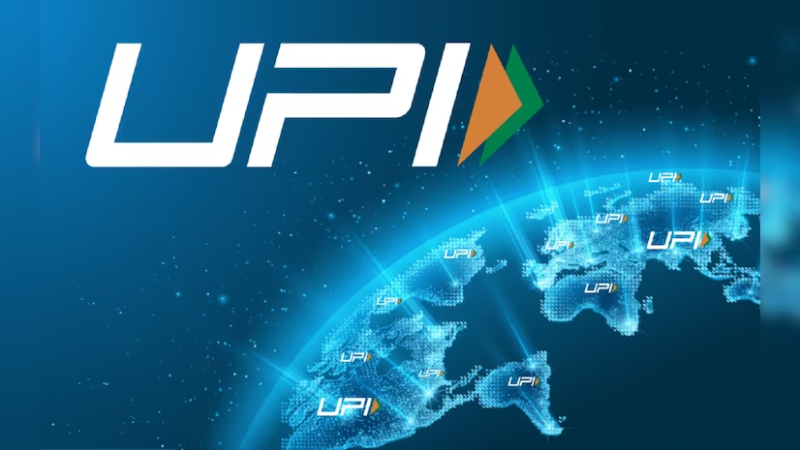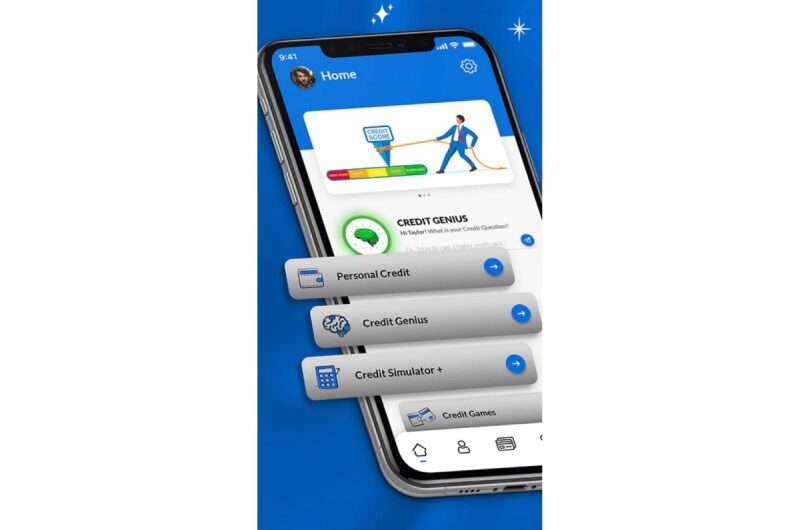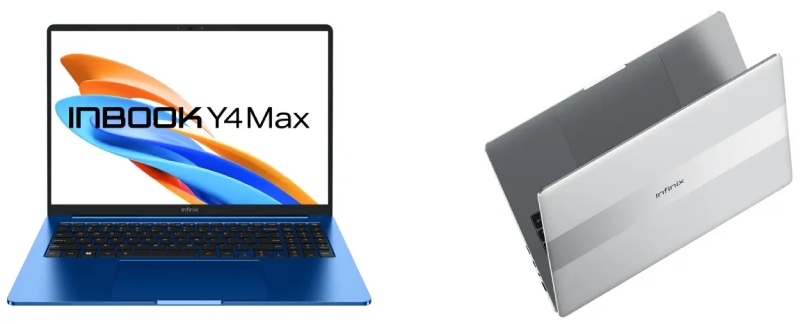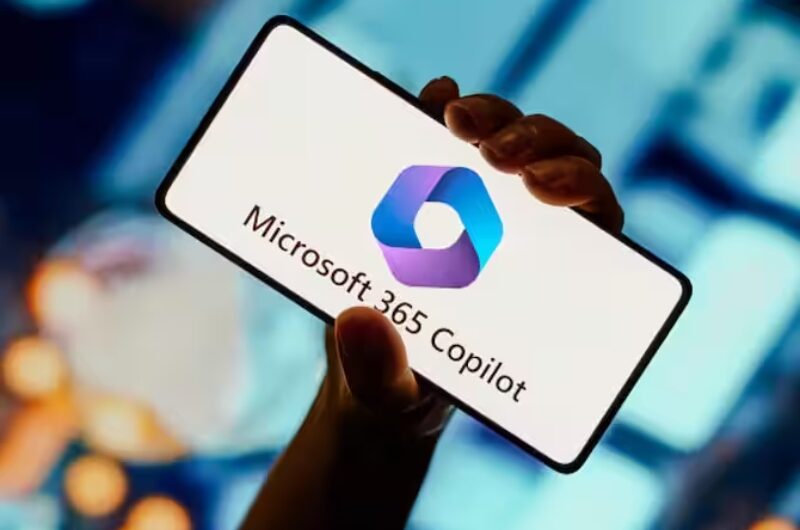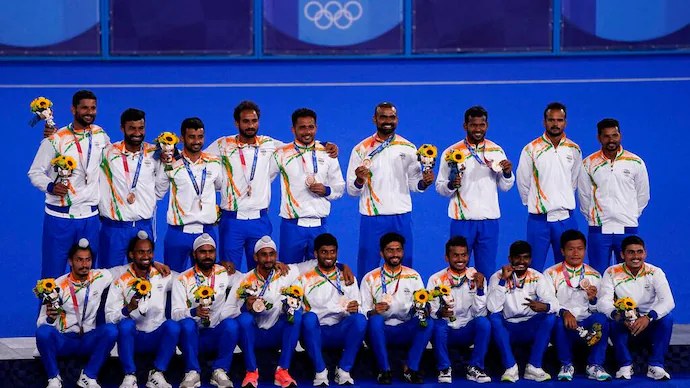The Unified Payments Interface (UPI) might eventually handle 100 billion transactions a month in digital payments.
In an interview with Rajan Anandan, MD, Peak XV, and Surge at the Global Fintech Fest in Mumbai, Dilip Asbe, managing director (MD) and chief executive officer (CEO) of the National Payments Corporation of India (NPCI), stated that UPI transactions can increase by 10 times per month.
Asbe responded to a question about UPI’s potential for expansion by noting that 350 million people currently use it. Both the user side and the merchant side of the transaction have three opportunities. From here, we can potentially grow ten times more.
UPI reached a new record in August by processing 10 billion transactions each month.
Asbe did not, however, give a timeframe for when the NPCI hopes to reach its goal of 100 billion transactions every month.
The increase in UPI volumes can be attributed to better digital payment coverage in Tier-II and Tier-II-three cities, where UPI123Pay is utilized on feature phones. It can also happen through an increase in international payments and the spread of UPI credit.
“At this moment, we don’t know how long it will take to reach the 100 billion target. However, UPI123 can assist in achieving the goal more quickly, according to K Vijaykumar, general manager of the RBI’s department of payment and settlement systems.
Asbe responded that the ongoing addition of new features to the system has made it accessible to an increasing number of users when asked what factors have contributed to the growth of UPI. It’s not like 2016, he continued, since UPI is progressing steadily.
Over 11.8 billion credit and debit transactions are processed each month by Mastercard globally. Visa, a competitor, handles 22.5 billion transactions each month.
With 10 billion monthly transactions, UPI is one of the world’s payment processing platforms that is expanding the quickest.
Regarding credit on UPI, Asbe claimed that it was challenging to reach every person because to the high cost of underwriting and acquisition in credit cards.
“We are collaborating closely with all of the major lenders, including public sector banks, HDFC, ICICI Bank, Axis, and SBI Card. To spur growth, the banks must provide entirely digital experience platforms, Asbe continued.
Fintechs in the payments industry have found it difficult to monetize UPI transactions.
“Consumers shouldn’t have to pay any fees for making payments. One can use some of their UPI credit to make payments by passing back some of the transaction fees. Rahul Kothari, chief business officer (CBO) of Razorpay, told Business Standard, “Even when we think about cross-border transactions through UPI, I am sure those will be charged.
“Overall, UPI has established the standard for India in terms of how the expansion of payments occurs across the ecosystem. For UPI payments (to reach the 100 billion milestone), we need UPI payments on devices other than smartphones, like feature phones. Many consumers can be unblocked, allowing them to utilize it for payments in smaller cities.
India is a credit-starved country, and UPI has probably the best connections to provide sachet-sized loans in the nation. At some time, UPI will have a key role in driving some of the cross-border, international transactions, according to Kothari.
The transaction volume reached 10.24 billion users in August, according to NPCI data. After reaching Rs 15.18 trillion in value, UPI transactions are on track to set a new record.
The previous high of Rs. 15.34 trillion, which was registered in July, is still reachable.
Topics #Digital Payment #GPay #Online Payment #Phone Pe #UPI
